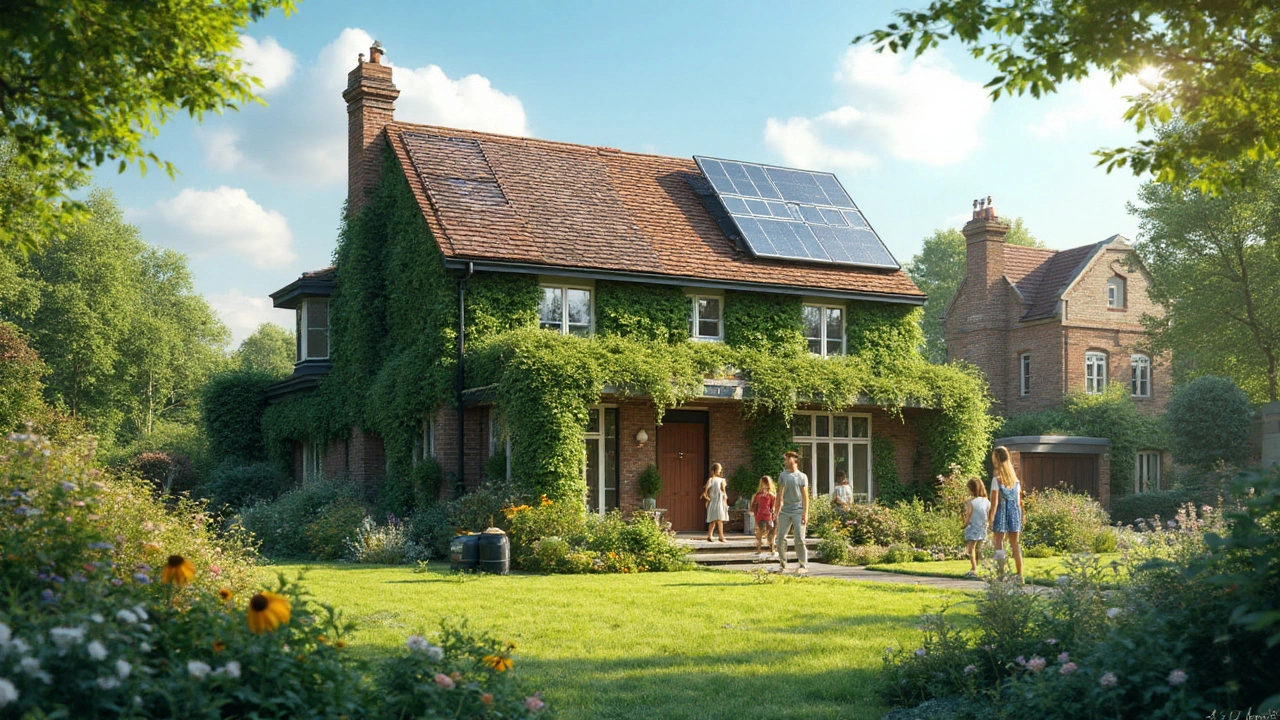
Sustainable Housing: Simple Ways to Go Green in Your Loch Ness Getaway
If you love the Highlands and want to protect them, choosing a sustainable place to stay is the first step. A cottage built with local stone, a tiny home on a solar panel roof, or even a yurt can give you comfort without hurting the environment. Below are clear, no‑fluff ideas that work for any budget.
Why Sustainable Housing Matters
Scotland’s landscape is fragile, and every extra ounce of carbon adds up. Staying in a building that uses renewable energy or recycles water cuts that impact right away. Guests notice the difference too – they feel good about their stay and are more likely to recommend the spot to friends. That’s why owners who invest in green upgrades often see higher occupancy and better reviews.
Practical Tips for Eco‑Friendly Stays
Choose local materials. Stone, timber, and straw from nearby farms keep transport emissions low. Look for listings that mention “locally sourced” or “traditional Scottish build.”
Go tiny or modular. Small floor plans need less heating and use fewer resources. Prefab cabins and modular homes arrive ready to assemble, reducing construction waste.
Solar power is a must. Even in cloudy Scotland, solar panels can charge lights and small appliances. Many eco‑cottages offer a solar‑powered battery pack you can plug into.
Insulation matters. Double‑glazed windows, thick wool blankets, and natural insulation like sheep’s wool keep the heat inside. Ask the host about the R‑value of walls and roofs.
Water saving tricks. Low‑flow showers, rainwater collection barrels, and composting toilets cut water use dramatically. Some cottages even provide a grey‑water system for garden irrigation.
Energy‑efficient appliances. Look for LED lighting, induction stoves, and Energy Star refrigerators. These use far less electricity than older models.
Mindful waste. A compost bin, recycling station, and reusable dishware signal a serious green approach. Bring your own reusable bottle to reduce plastic.
Support local food. Choosing a cottage with a kitchen lets you cook with locally sourced produce, lowering the carbon footprint of meals. Many hosts provide a list of nearby farmers’ markets.
When you book, read the description for words like “eco‑friendly,” “green certified,” or “sustainable.” If the listing is vague, ask the host directly about heating sources, insulation, and waste management. A quick question can reveal whether the property truly aligns with your values.Finally, share what you learn. Mention the green features in a review, post a photo of the solar panels, or tell fellow travelers why the eco‑cottage made your Loch Ness visit special. Your feedback encourages more owners to adopt sustainable practices.
Choosing a sustainable stay isn’t just a trend – it’s a practical way to enjoy Scotland’s beauty while keeping it pristine for the next generation. Pick a green cottage, follow these simple tips, and make your Loch Ness retreat both memorable and responsible.
